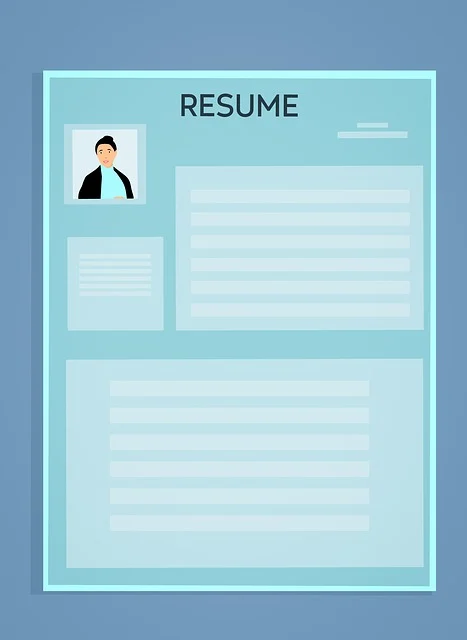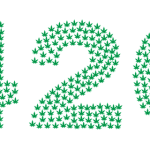Landing a role in the Senior Executive Service (SES) — the elite leadership corps of the U.S. federal government — requires more than experience and ambition. It demands a resume that demonstrates vision, strategic thinking, and a mastery of complex leadership challenges. In short, your SES resume must not only tell your career story — it must prove your readiness to lead at the highest levels of public service.
What Is an SES Resume?
Unlike a traditional resume, an SES resume is a narrative-driven document tailored specifically for executive-level federal positions. It must align with the Executive Core Qualifications (ECQs) established by the Office of Personnel Management (OPM):
-
Leading Change
-
Leading People
-
Results Driven
-
Business Acumen
-
Building Coalitions
Your resume must reflect these competencies not just in isolated bullet points, but as recurring themes throughout your career accomplishments.
Key Components of a Standout SES Resume
1. Executive Summary
Begin with a powerful executive summary that captures your leadership brand — the unique combination of vision, results, and expertise that sets you apart. Focus on measurable impact, high-stakes decision-making, and transformative leadership experiences.
2. Professional Experience
Each role should tell a story. Use quantifiable achievements and action-result frameworks (like CCAR: Challenge-Context-Action-Result) to describe your leadership in detail. Highlight how you’ve driven innovation, navigated change, led diverse teams, and delivered results in complex federal or public-sector environments.
3. ECQ Integration
Whether embedded in your work history or provided as separate narratives, your ECQ examples must be strong, relevant, and well-structured. These are often the most scrutinized parts of your SES application. Demonstrate executive-level decision-making, stakeholder engagement, and results that align with agency missions.
4. Education & Training
Highlight any advanced degrees, executive education, leadership programs (e.g., Harvard Kennedy School, FEI), and certifications that reinforce your executive readiness.
5. Clearance, Awards, and Affiliations
Mention any security clearances, major federal awards, professional memberships, or interagency collaborations that enhance your leadership profile.
A Sample SES Resume Snapshot
While a full resume can span 5–10 pages, here’s a simplified snapshot:
Jane D. Smith
Senior Federal Executive | Strategic Transformation | Public Sector Innovation
Washington, D.C. | janesmith@email.com | (202) 555-1234
Summary:
Transformational leader with 20+ years in federal service, driving multimillion-dollar initiatives across health, defense, and technology sectors. Proven expertise in change leadership, cross-agency collaboration, and operational excellence. Recognized for aligning policy with mission-critical outcomes.
Key Roles:
-
Deputy Director, U.S. Department of Health & Human Services
-
Chief Innovation Officer, Department of Veterans Affairs
Selected Achievements:
-
Led a $150M IT modernization effort, reducing service delays by 40%.
-
Built a cross-functional coalition of 12 agencies to streamline veteran care delivery.
-
Spearheaded DEIA initiatives impacting over 10,000 employees nationwide.
ECQ Highlight: Leading Change
When tasked with modernizing an outdated claims processing system, I mobilized a multi-disciplinary team, secured bipartisan support, and implemented a data-driven solution that cut processing time by 60% in under 18 months.
Final Thoughts: It’s More Than a Resume
An SES resume is not a career summary — it’s a leadership dossier. It must showcase your capacity to lead nationally significant programs, shape public policy, and deliver results that impact millions. Whether you’re drafting it yourself or working with a federal resume expert, your goal is to demonstrate readiness, not just experience.
Craft it with intention. Back every claim with evidence. And remember — in the SES world, your resume is your first leadership act.







